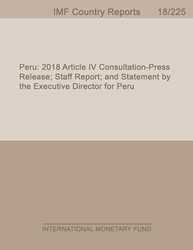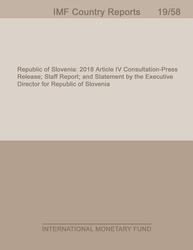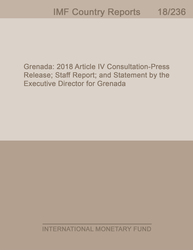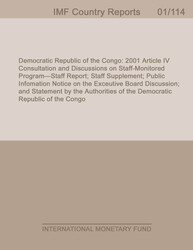
Slovak Republic: Financial Sector Assessment Program-Technical Note on Macroprudential Policy Framework and Tools
Slovak Republic: Financial Sector Assessment Program-Technical Note on Macroprudential Policy Framework and Tools
READ MORE...
Volume/Issue:
Volume 2025
Issue 090
Publication date: April 2025
ISBN: 9798229007634
$20.00
Add to Cart by clicking price of the language and format you'd like to purchase
Available Languages and Formats
| English |
Prices in red indicate formats that are not yet available but are forthcoming.
Topics covered in this book
This title contains information about the following subjects.
Click on a subject if you would like to see other titles with the same subjects.
Banks and Banking , Economics- Macroeconomics , Money and Monetary Policy , bank funding , MACROPRUDENTIAL Policy framework , Macroprudential setting , B , data availability , evolution of Macroprudential policy , Macroprudential policy , Housing prices , Loans , Credit , Countercyclical capital buffers
Also of interest
Summary
This technical note focuses on macroprudential policy framework and tools as part of the Slovak Republic’s Financial Sector Assessment Program. The institutional framework for macroprudential policy in Slovakia aligns broadly with the IMF guidance for effective macroprudential policymaking. The willingness to act could be further enhanced by adopting and publishing a macroprudential strategy and incorporating external advisors into the policy-making process. Operational capacity is generally high but could be improved at the margins by closing data gaps in the residential real estate and commercial real estate (CRE) sectors and by developing a macrofinancial model. The recent availability of real estate transaction data provides an opportunity to revise the macroprudential framework with a greater emphasis on mitigating the procyclicality of credit and house price growth, while keeping the principle focus on the structural built-up of resilience. The Národná banka Slovenska should be prepared to activate the systemic risk buffer if risks in the CRE sector become systemic and should maintain close oversight of real estate funds.
Copyright © 2010 - 2025
Powered by:
AIDC



